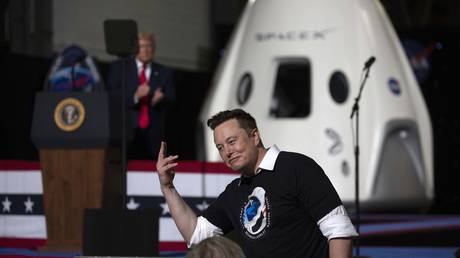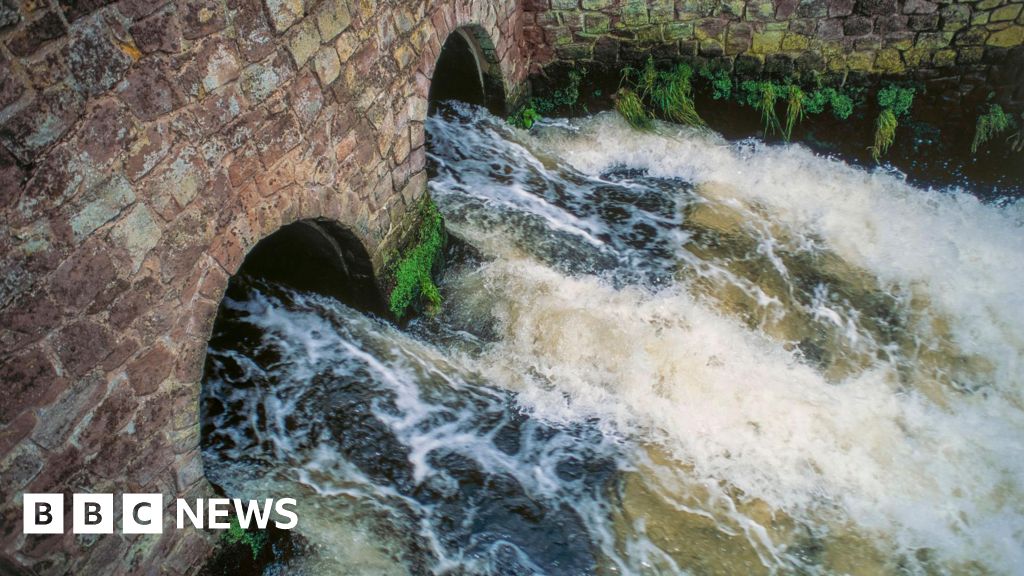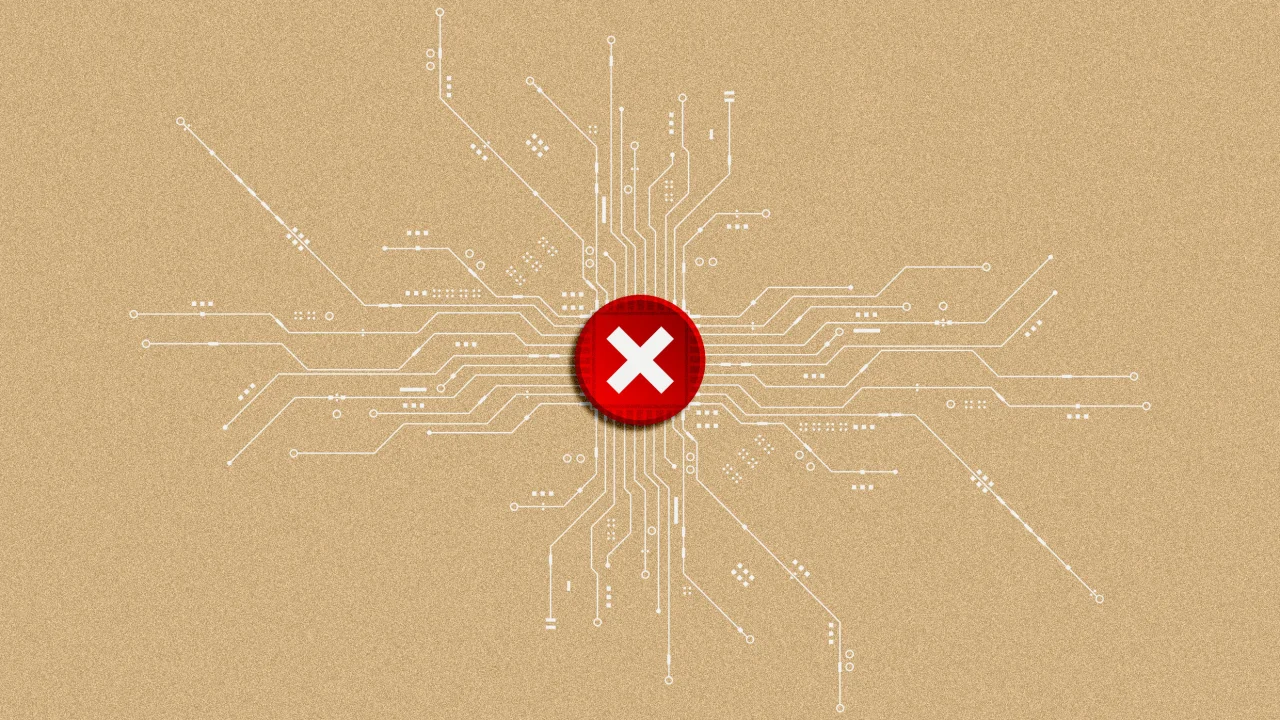How this new technology could change the way we mine copper

Mining isn’t known for innovation. For more than a century, we’ve extracted copper using the same process: dig, crush, grind, leach, repeat. Meanwhile, demand has exploded, fueled by EVs, AI infrastructure, and the energy transition. That mismatch has created a bottleneck. We’re using yesterday’s tools to power tomorrow’s economy.
The conductive highway
Copper is the metal that moves energy. Literally, electrons don’t travel from solar panels to batteries—or from your laptop charger to the cloud—without it. Copper is the conductive highway that keeps the world’s electrons flowing. It’s in every EV, every wind turbine, and every data center.
It’s also in short supply. We’ve mined the easy stuff. Now we’re left with lower-quality ores, deeper deposits, and rising costs—just as demand hits historic highs. And when the global economy is built on electrons, copper is no longer just a commodity. It’s a strategic resource, central to national security, electrification, and economic stability.
Global copper demand is projected to reach 50 million metric tonnes annually by 2035—double today’s levels. According to BloombergNEF, the world needs over $2 trillion in mining investment by 2050 to meet electrification targets. Meanwhile, ore grades have declined more than 40% since 1990. Investors are watching this gap, and innovation must step in.
Innovative microbes
But something big is happening underground. And I mean that literally—where the cool rocks are and things get interesting.
As a scientist, I spent years working on astrobiology, cloud platforms, and energy systems. I’ve seen how cross-disciplinary thinking can unlock entire industries. Today, I lead a team using engineered microbes to recover copper from ore that conventional mining leaves behind. It sounds unusual, and it is. But that’s the point. Innovation in mining doesn’t come from fitting in—it comes from standing out.
Mining is a deeply conservative industry, and for good reason. Even small changes carry massive financial and operational risks when your tools move millions of tons of earth. But that’s also what makes this moment so powerful: When something new works, it really matters, especially when it can be plugged into existing infrastructure without requiring entirely new capital build-outs.
Juice from a rock
At Endolith, we recently completed testing with BHP, one of the world’s largest mining companies, through their Think & Act Differently (TAD) BioMetals innovation program. Our microbes were tested under simulated field conditions on a low-grade primary sulfide ore—a material so complex most operators consider it uneconomic to process. In one study, microbes shaped through adaptive laboratory evolution and guided by AI recovered up to 80% more copper from this material. That’s like squeezing juice from a rock—and getting nearly twice as much.
And this wasn’t just a lab trick. These microbes work in real mining environments. They don’t need clean rooms or perfect conditions. They need oxygen, acidity, and time—conditions already present in heap leach operations worldwide. We didn’t reimagine the entire mine. We made the part most people had written off valuable again, making it cheaper, cleaner, and easier to operate.
By using microbes that require no expensive reagents or intensive energy inputs, we’re cutting both capital expenditures and operating expenses, making recovery from low-grade ore economically viable again.
Leapfrog technologies
Here’s why that matters.
Ore grades are falling. Permitting timelines stretch for decades. Investors and regulators demand lower impact, higher performance, and real ESG outcomes. Mining companies know the status quo is unsustainable, but risk makes experimentation difficult. Most “sustainable mining” efforts rely on incremental gains: better water management, slightly lower emissions, and somewhat faster recovery. Important? Yes. Transformative? Not even close.
We need leapfrog technologies—new tools that unlock value, speed, and sustainability together. Biology is one of those tools, and right now, it’s underused. Biology belongs in the core toolkit of modern extraction.
CRISPR for rocks
Industrial biotechnology has already transformed medicine and agriculture, unlocking precision, efficiency, and resilience at scale. It’s time for mining to catch up. Think of this as CRISPR for rocks. Instead of blasting ore with chemicals, we let microbes do the work. They break down rock, extract metals, and leave far less waste behind. With help from cloud-based systems, we can tune that process in real time, adjusting to changes in temperature, pH, or ore composition.
Similar biological platforms could be applied to rare earths, lithium, and other minerals critical to the clean energy economy. The opportunity here is massive—not just for Endolith but for a new generation of industrial innovators focused on extraction rather than consumption. As governments prioritize mineral independence and ESG compliance, scalable bio-based solutions are becoming essential to securing the future of energy, technology, and defense.
Scaling this kind of innovation takes more than strong results. It takes strong partnerships between startups and majors, scientists and operators, and regulators and entrepreneurs. We found that with BHP and the TAD team. They gave us a shot. We delivered. And now we’re working with others to bring this to production.
But scaling also requires trust in the science, in the process, and in the promise of doing things differently.
It means rethinking how we define innovation in mining and giving ourselves permission to imagine something beyond the current constraints.
A systems problem
People tend to talk about clean tech and hard tech as if they’re separate. EVs go in one box, mining goes in another. But that’s a false split. There is no clean energy without minerals, no electrification without copper, and no scalable, sustainable supply without reimagining how we recover it.
This is a systems problem, and it requires systems thinking.
That reimagining won’t come from status quo thinking. It’ll come from radical collaboration—and from being brave enough to try something different underground. It’ll come from leaders willing to back bold science and turn pilot results into platform change.
Here’s the thing: I used to study how life evolved on Earth billions of years ago. The most extraordinary life forms I’ve worked with? They’re here on Earth today. Deep in the rocks, quietly solving problems we’ve struggled with for decades.
So, if you want to power the future, start by listening to the ground and the weird, wonderful microbes doing the heavy lifting. In a world racing toward electrification, these tiny organisms just might be our biggest asset.
What's Your Reaction?
 Like
0
Like
0
 Dislike
0
Dislike
0
 Love
0
Love
0
 Funny
0
Funny
0
 Angry
0
Angry
0
 Sad
0
Sad
0
 Wow
0
Wow
0
































































































